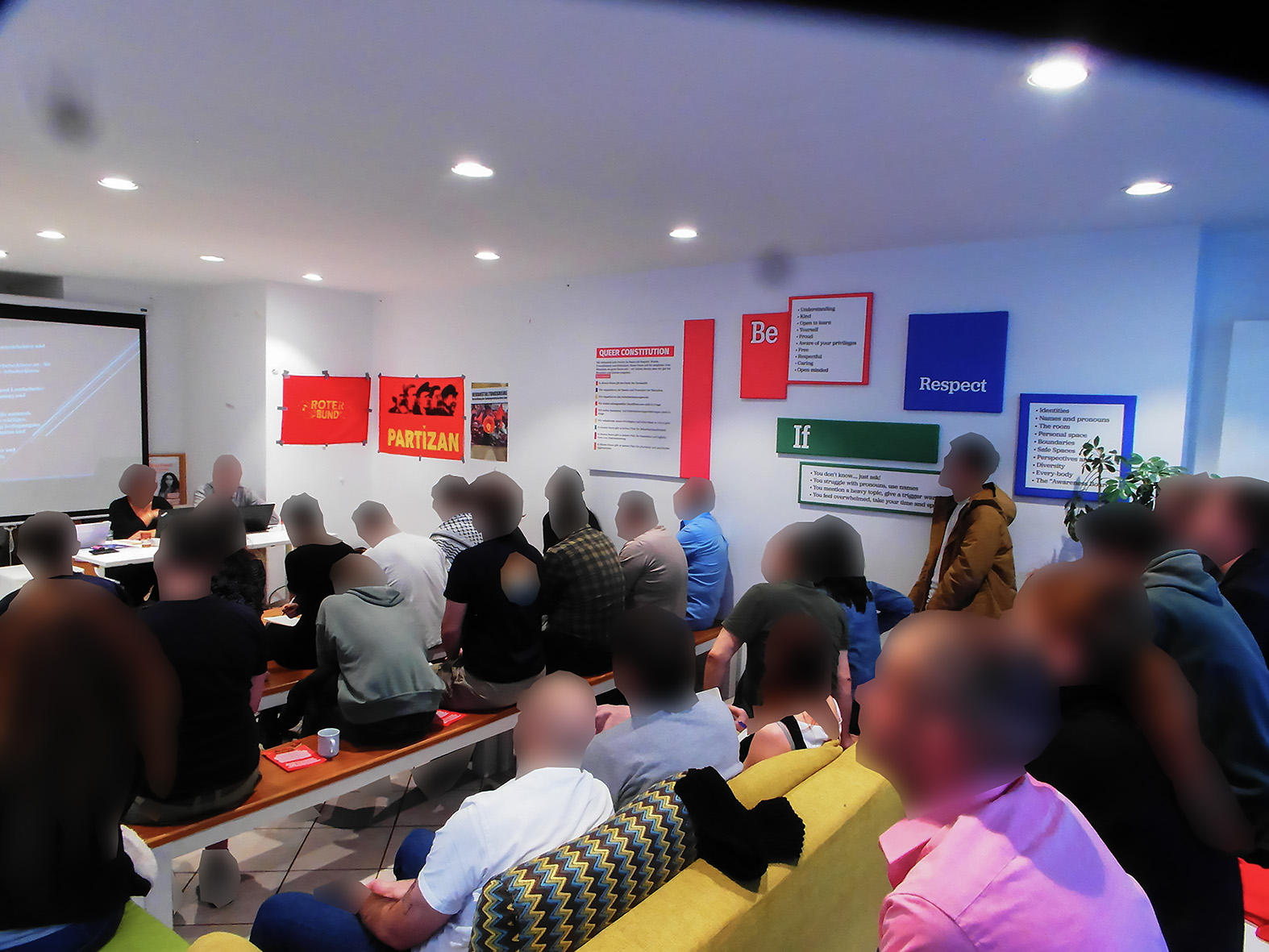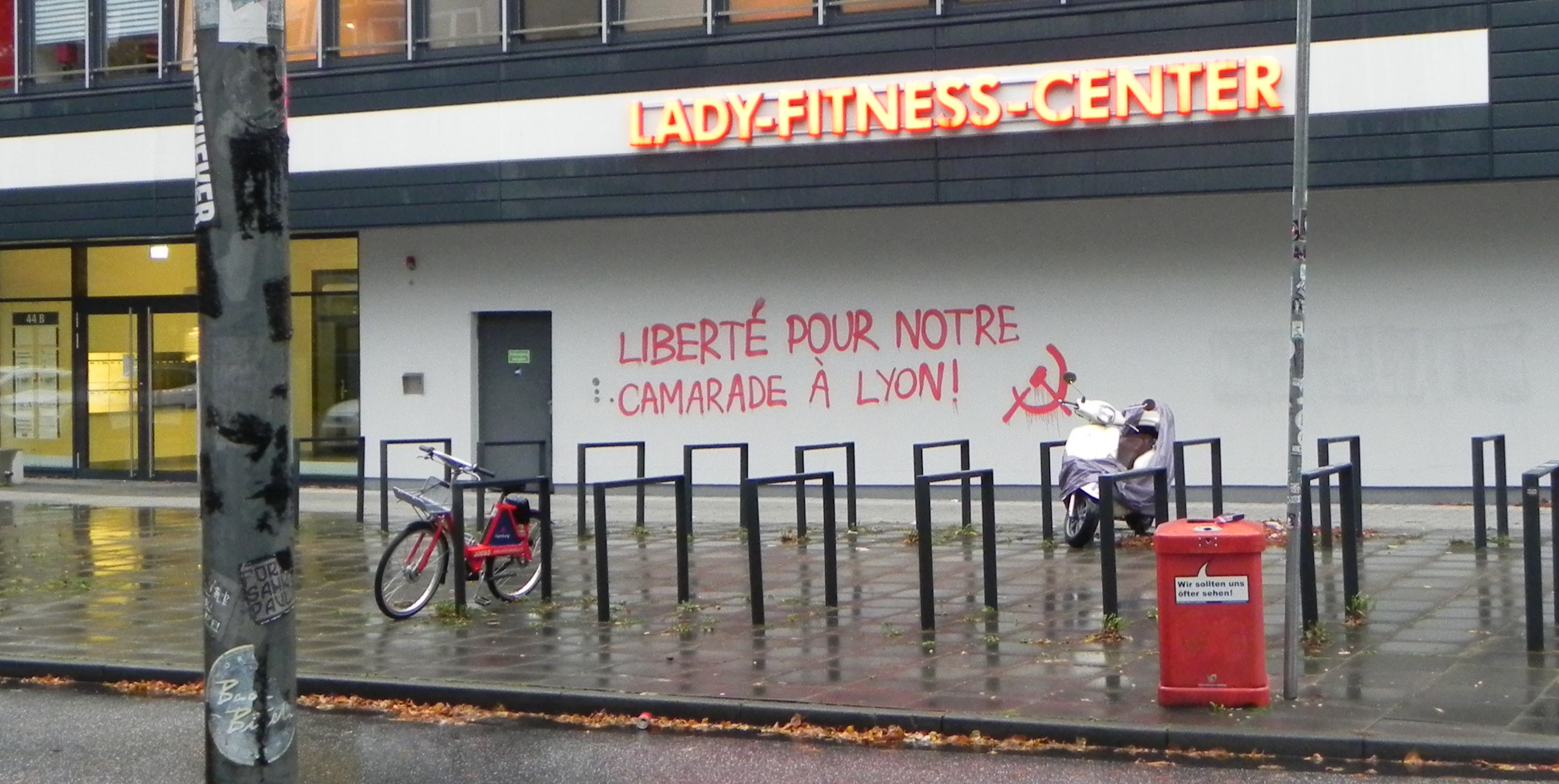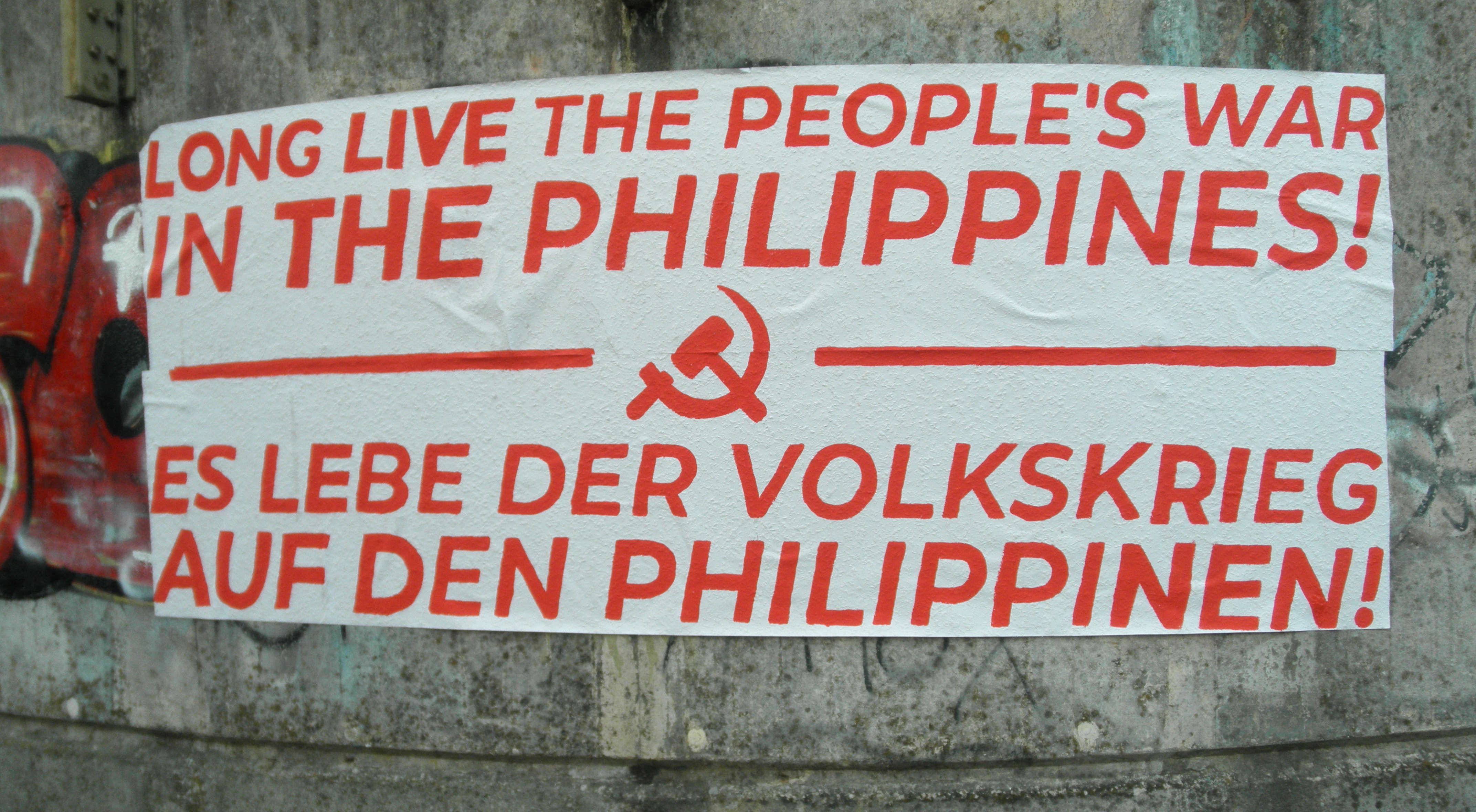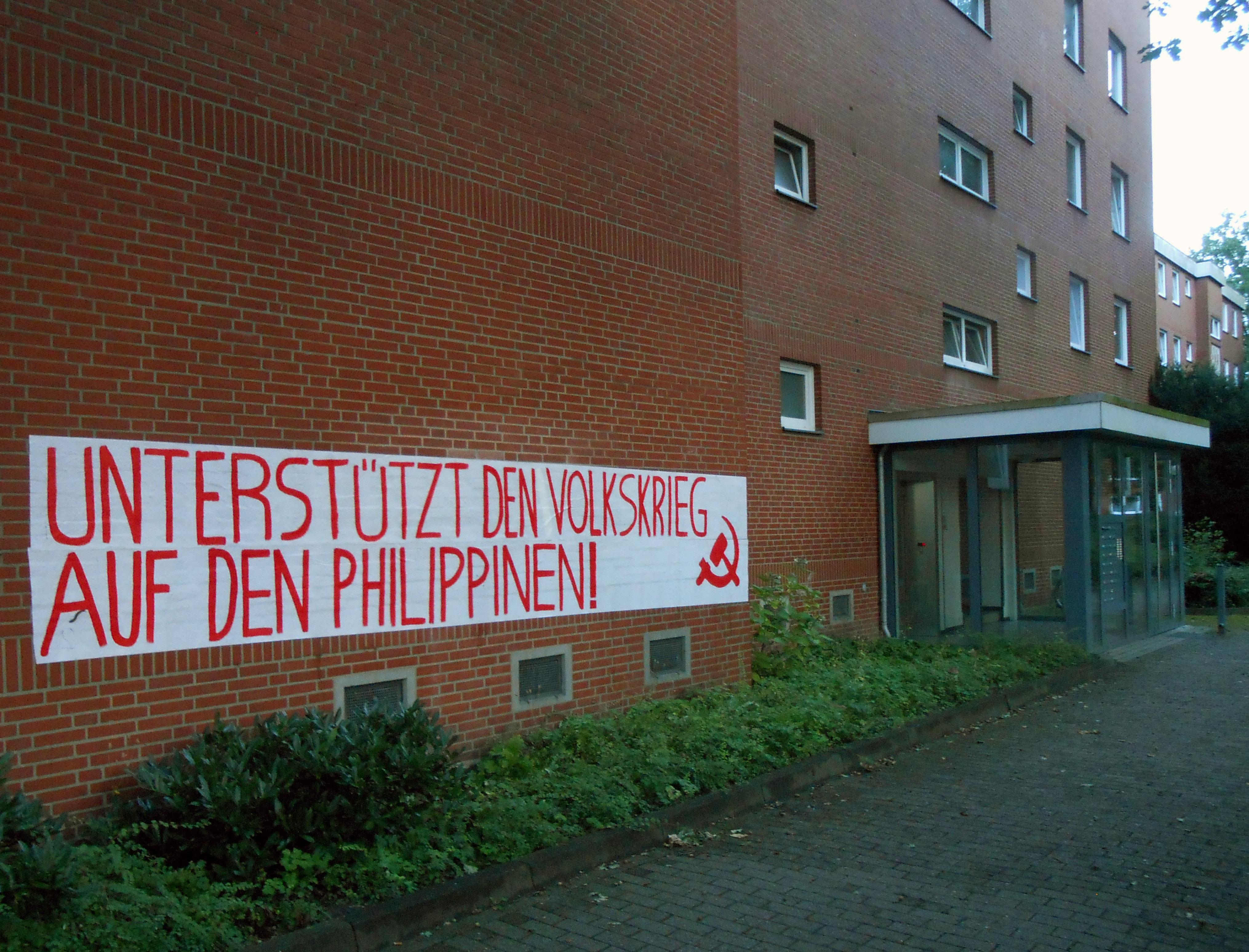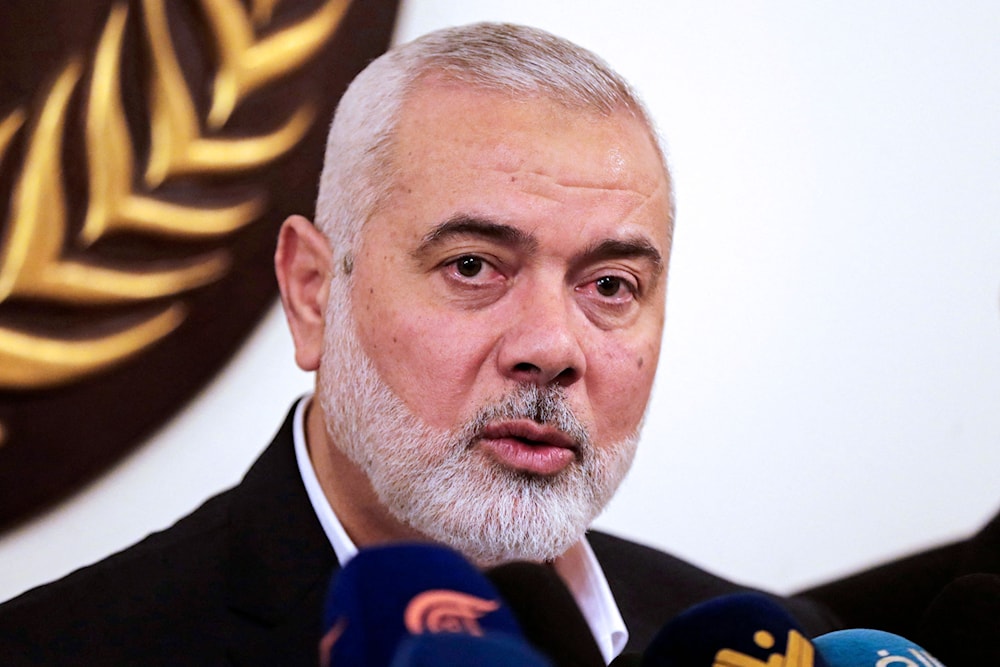India:
August 24:
In Palmau district of Jharkhand state, six vehicles were set on fire in a guerrilla attack on a construction company. Among them were two large transport vehicles, two tractors, a motorcycle and a grader. The articles reporting on this attack emphasize that this new attack in no way signifies a major revival of Maoist activity in the region, and that an attack on construction companies would allegedly show that the Communist Party of India (Maoist) there is not capable of carrying out major attacks on other targets. At the same time, the article talks about the fact that this attack succeeded only because these construction companies did not contact the police, which would have allegedly prevented the attack with their protection. It is particularly curious that the article criticizes construction companies for often not contacting the police for fear of the police demanding protection money. These demands for protection money from the police are the lesser of two evils when it comes to the fact that the construction companies allegedly receive security from the police against the Maoists. This open partisanship for the corrupt police, in which the practice of corruption and protection money is not even denounced, shows how desperately the Indian reaction tries to distort the tendency that it is their bankrupt state which is weakening and not the new democratic revolution in India.
September 08:
That the claims that the Communist Party of India (Maoist) cannot carry out more serious operations in the state of Jharkhand are false is shown by the shooting of a former member of the Central Police Reserve Unit in West Singhbhum district. The latter was killed for his activities as a police agent and anti-people activities, which he continued even after his release.
September 11:
In Sukma district of the Indian state of Chhattisgarh, residents from 25 villages gathered to protest a “fake encounter” by the old Indian armed forces. “Fake encounters “are fake armed confrontations and imaginary exchanges of fire that the old Indian state often uses to justify its executions of Maoist fighters or ordinary masses. In reality, these "fake encounters" are often executions of Maoists after their capture, which are then legitimized by alleged combat operations. Another example is the execution of villagers in areas where the Communist Party of India (Maoist) and the People's Guerrilla Liberation Army under its leadership is strong and sympathetic to the People's War in India. These killed villagers are branded in such "fake encounters" by the military, police and reactionary Indian media as "Maoists" who were killed in a firefight. This tactic is used on the one hand to inflate the casualty figures of allegedly killed Maoists and thus make the counterrevolutionary war of the old Indian state against the People's War in India stronger than it is. The other function of these "fake encounters" is simply to wage war against the masses on whom the People's War in India is based, in the hope of preventing them from being part of the new democratic revolution in India. However, like everywhere else on earth, the blood of the masses is soaking the revolution and moving the masses more and more to revolution and not stopping them from standing up against exploitation and oppression.
Such a "fake encounter" now took place on September 5 in the forest between the villages of Tadmetla and Duled, in which two Maoist fighters were allegedly killed in an anti-Maoist operation. However, protesting residents of the different hold that the murdered were two villagers who had been abducted by police on September 11 from a market on their way home and taken to the nearby forest. The next day, the police claimed that the two were killed in a firefight. The victims of these executions were a farmer and tailor and an operator of a small grocery store.
The protesting villagers promised at their meeting to intensify the protest against the security forces of the old Indian state and to organize a demonstration from Duled village to Burkapal village on September 14.
A villager who gave an interview to the reactionary Indian press said "This is how we live. We don't know when one of us will be picked out and killed by them (security forces), which is why we have decided to stage a protest. "
Philippines:
September 03:
In Masbate, a city of one hundred thousand people in Laguna Province, members of the People's Militia, which is part of the revolutionary armed forces led by the Communist Party of the Philippines, carried out an armed operation against the police. Three police officers were injured in the armed operation. Previously, the town of Masbate and neighboring villages had been the target of military and police search and occupation operations for some time. This operation of a people's militia in the middle of a city illustrates once again the will of the masses with the armed struggle both in the countryside and in the city to push back the reaction and to wage the struggle for the conquest of power with the weapon in hand and to put this into practice successfully, overcoming all obstacles.
August 30:
In an ambush by the New People's Army in Central Negros province against the 62nd Infantry Battalion, two soldiers of the old Armed Forces of the Philippines were wounded and one was killed. The rest of the attacked unit ran in panic and fear in all directions.
Cover image: Symbolic image from the People's War in India.


